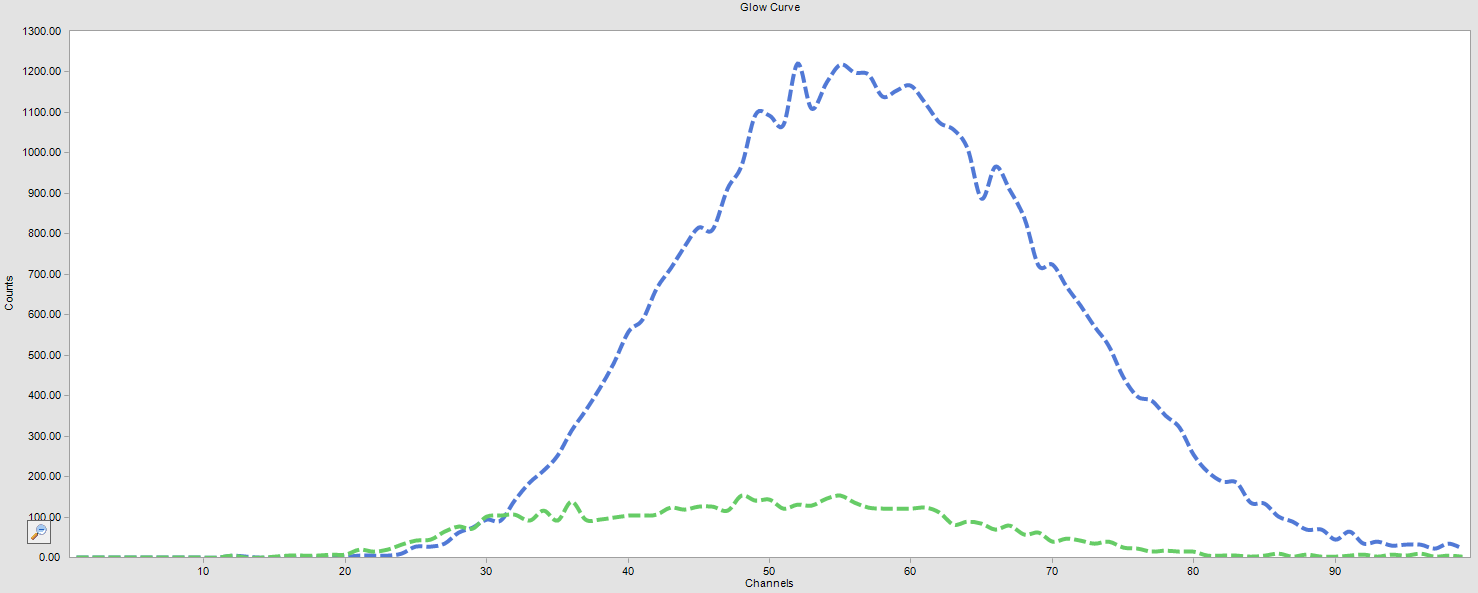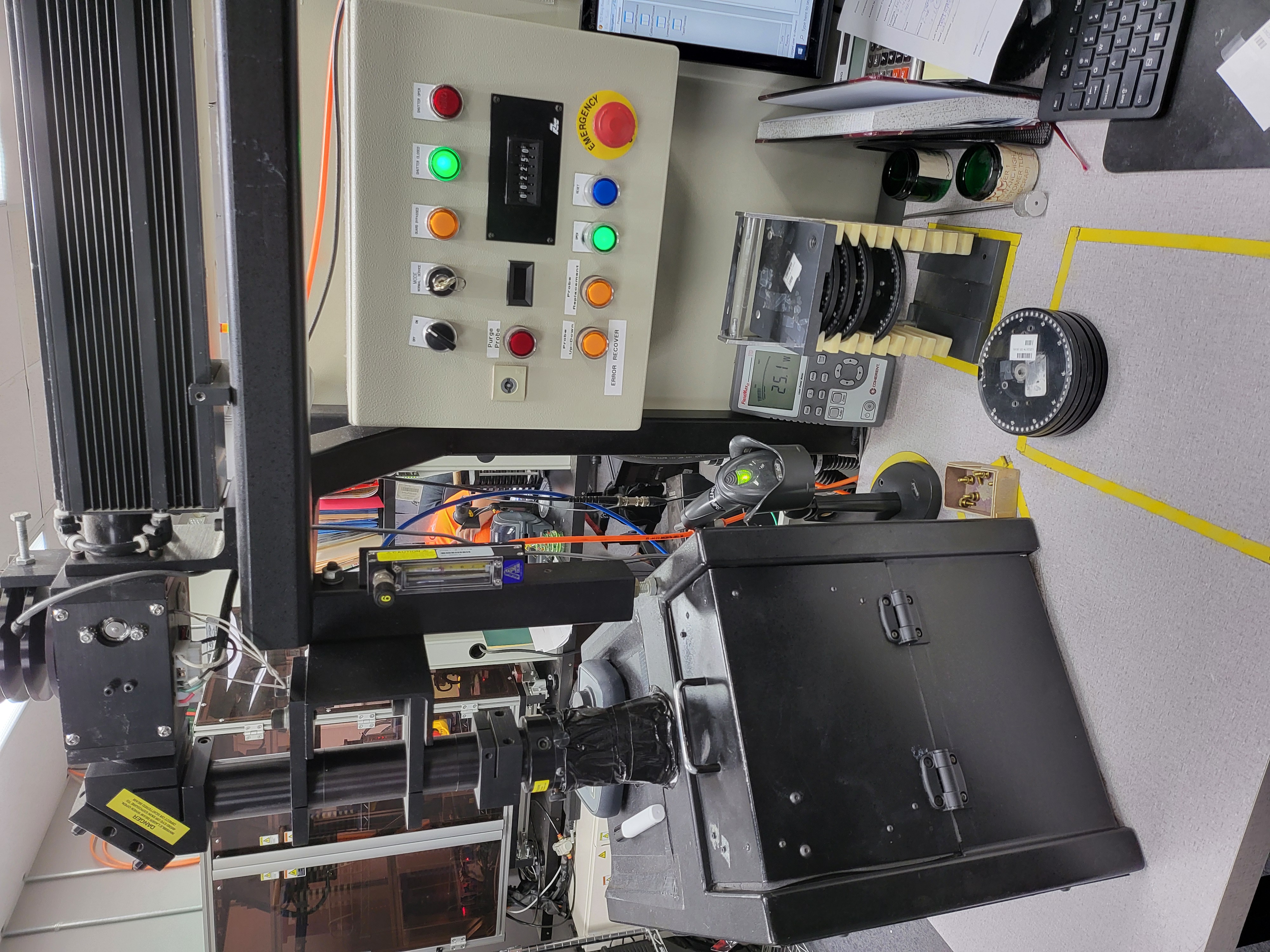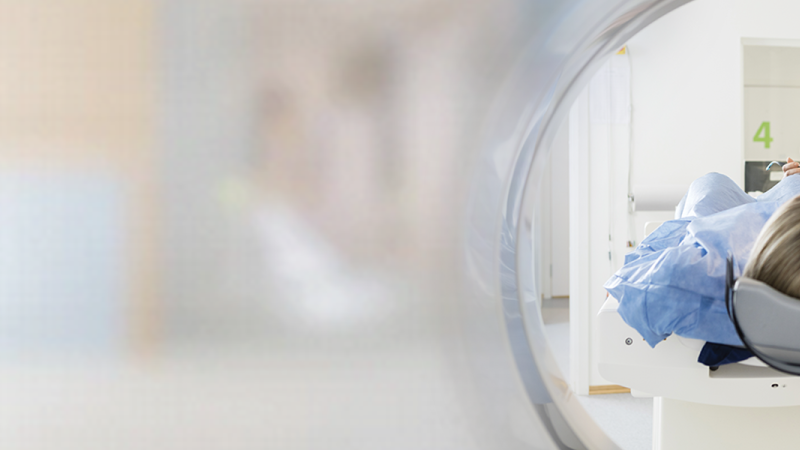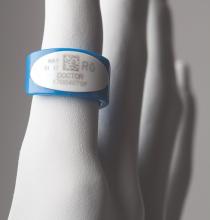
Unveiling the Science of Thermoluminescent Dosimeters: A Key to Radiation Safety and Measurement
Thermoluminescent dosimeters (TLDs), also known as TLD dosimeters, are essential devices used for measuring ionizing radiation. A thermoluminescent dosimeter provides accurate and reliable radiation exposure data, making it a crucial tool across various industries. The fundamental components of TLDs include thermoluminescent materials, a reading device, and a heating mechanism, all of which are crucial for accurate radiation measurement. TLD technology emerged in the 1950s as a more reliable alternative to traditional film badges, providing enhanced precision in dose assessments, which has led to their widespread acceptance across various industries.
Thermoluminescent dosimeters are used extensively in many occupations, where they play a vital role in ensuring worker safety and regulatory compliance by monitoring radiation exposure. An example of TLD use is in the medical field, where they monitor radiation exposure to the doctors, nurses, and techs during procedures in a cardiac cath lab. This application ensures that exposure to ionizing radiation remains within regulatory limits. The reliability and accuracy of LANDAUER thermoluminescent dosimeters have made them indispensable tools in fields requiring rigorous radiation monitoring.
Working Principle Behind Thermoluminescent Dosimeters
The working principle of TLDs hinges on their ability to trap electrons when exposed to ionizing radiation. Once the dosimeter is heated, these trapped electrons are released, resulting in the emission of light. The intensity of the emitted light directly corresponds to the radiation dose received, allowing for quantifiable measurements. The process of exciting electrons within the TLD material converts the absorbed radiation into a luminescent signal upon heating, which can be analyzed for accurate dose assessment.
For instance, the glow curve generated during the readout process visually represents the radiation exposure over time. This curve serves as a diagnostic tool for evaluating the cumulative radiation doses experienced by the wearer, aiding in accurate dose assessments. The ability to correlate light output with radiation exposure underpins the effectiveness of TLD technology in various applications.

Common Materials Used in Thermoluminescent Dosimeters
TLDs utilize several thermoluminescent materials, with lithium fluoride (LiF), calcium sulfate (CaSO4), and magnesium oxide (MgO) being the most common. LiF is particularly prized for its tissue-equivalent response, making it highly suitable for medical applications and ensuring that the radiation doses measured closely match the biological effects on tissues. LANDAUER utilizes LiF in the Saturn® Ring and VisionTM lens of eye dosimeters.
Emerging materials such as lithium borate (Li2B4O7) are also under investigation for their potential to improve sensitivity and provide better energy response. These advancements in materials science are critical for enhancing the performance of TLDs, ensuring they meet the demands of modern radiation monitoring.
Advantages and Disadvantages of TLD Dosimeters
The advantages of thermoluminescent dosimeters include their high sensitivity, wide dose range, and capability to provide permanent records of radiation exposure. Many TLDs are also reusable and demonstrate a linear response to dose, making them cost-effective over time. However, they have some limitations, such as data loss upon reading, which can restrict their application in scenarios where re-reading the dosimeter may be required. Additionally, TLDs possess a limited lifespan due to material fatigue, necessitating periodic replacement to maintain accuracy. LANDAUER recommends TLD dosimeters for extremity monitoring and OSL dosimeters for whole-body applications. Click here to learn more about the difference between TLD and OSL dosimeters.
The calibration process can be complex and time-consuming, requiring specialized equipment and expertise. For instance, in high-stakes environments like nuclear plants, the careful calibration and maintenance of TLDs are crucial to ensure accurate radiation monitoring and compliance with safety regulations.
For these reasons, the vast majority of organizations utilizing thermoluminescent dosimeters opt to subscribe to a dosimetry service, where used dosimeters are exchanged for new ones at set periods of time. The service provider will read and analyze the data and provide reports as required by regulations.
Calibration and Reading of Thermoluminescent Dosimeters
 Calibrating TLD dosimeters involves comparing their measurements against known radiation sources to ensure accuracy in readings. The readout process includes heating the TLD to release the stored energy as light, which is then measured using photomultiplier tubes. Proper handling and storage of TLD material, from manufacturing to analysis, is essential to maintaining their accuracy and reliability in measurements.
Calibrating TLD dosimeters involves comparing their measurements against known radiation sources to ensure accuracy in readings. The readout process includes heating the TLD to release the stored energy as light, which is then measured using photomultiplier tubes. Proper handling and storage of TLD material, from manufacturing to analysis, is essential to maintaining their accuracy and reliability in measurements.
Advanced software is often employed to analyze the glow curve data, enhancing the precision of dose calculations. The meticulous calibration and reading processes underscore the importance of TLD technology in various applications, particularly in health and safety sectors.
Role of TLDs in Radiation Safety
TLDs are vital instruments for assessing and monitoring radiation exposure in healthcare, nuclear power, and research environments, ensuring that exposure levels are kept as low as reasonably achievable (ALARA). Furthermore, TLDs contribute significantly to public safety by monitoring environmental radiation levels, ensuring they remain below regulatory limits.
Regulatory bodies such as the NRC, individual states, and OSHA mandate radiation dose monitoring to ensure compliance with health and safety standards for workers in radiation-prone environments, further solidifying their importance in radiation safety. If you or your organization would like assistance with managing your dosimetry program or improving compliance, please contact us. Our Radiation Safety Support Services team provides a full spectrum of support to help our clients with a variety of radiation safety challenges.
Importance of Understanding TLD Technology
A comprehensive understanding of thermoluminescent dosimeters is essential for effective radiation safety and monitoring across various fields. Continued advancements in TLD technology promise to enhance performance and reliability in measuring ionizing radiation exposure. Knowledge of TLD dosimeters empowers professionals to make informed decisions about radiation safety practices in their respective industries.
Ongoing research into TLD materials and technologies is expected to lead to improved sensitivity and a broader range of applications in the future. As industries evolve and the demand for precise radiation monitoring increases, understanding TLD technology will remain crucial for safeguarding health and safety.





